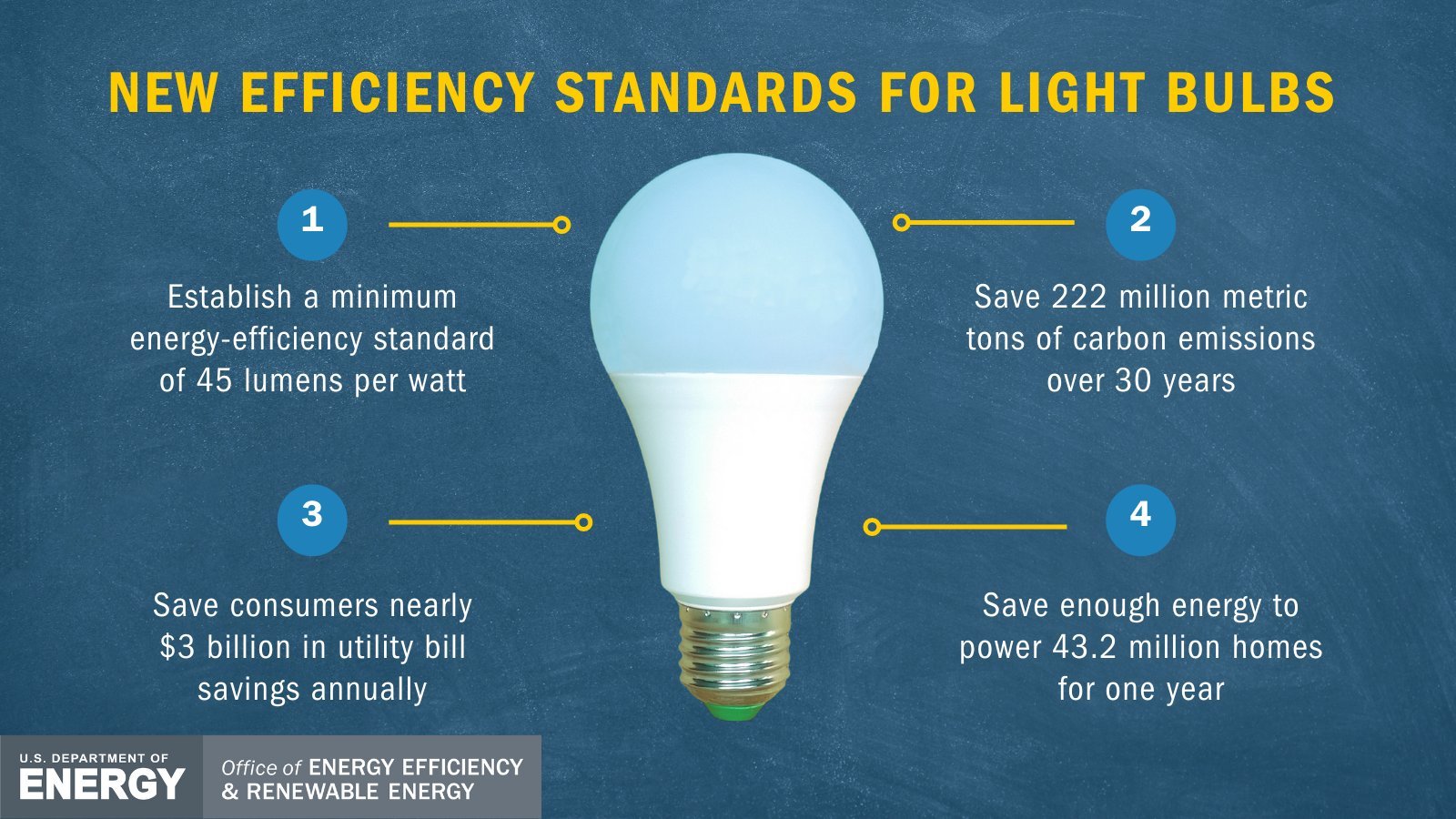Last time we looked at the reasons plastic bottles are probably a waste of space from water quality to chemical contaminants, but what about the use of water itself? Where does it come from and how is it processed? Is this an efficient system?
There are several different common sources for bottled water. One, as we mentioned, is literally tap water or Publically Source Water like what’s still used by Aquafina. Another is spring water. This water is taken from a natural source where water flows to the earth’s surface from deep underground. In slight contrast, well water is a manmade structure that taps a deep aquifer and creates access to this stored water.
Water bottle companies usually source their water from one of the above and and then siphon off millions of gallons of water for bottling. The bottles themselves required oil to be extracted for their production and the amount of oil could power hundreds of thousands of homes. Add to that the facts that water is also used in the production of water bottles and the processing of water and the true the amount of water used by water bottle companies is staggering. For example, it take 6 liters of water to produce and cool 1.5 liters of bottled water. That means that not only are bottled water companies taking the millions of liters of water actually sold in store from springs and aquifers around the country, but they are also taking 4 times that amount just to process the water that is sold. The efficiency of this process is not only sorely lacking, but the environmental toll is staggering.
Now, you may have heard a little about Nestle and their own water practices recently. Nestle owns one of the biggest water bottle companies in the country and they siphon water even from places that are suffering from a resource shortage. For example, in California, there have been several years of drought and fires and while communities are limiting their own water usage, Nestle is still pumping away millions of liters. It would still be bad if Nestle was paying back the communities it was taking from but as if to add injury to insult, in many cases, Nestle is paying a couple hundred dollars annually to pump millions of gallons of water from natural resources. In San Bernardino, CA for example, Nestle has been paying $524 for roughly 30 million gallons of water. That is a little over 5 dollars for 300,000 gallon. A dollar for 60,000 gallons. A penny for 600 gallons. How much is a bottle of water? $2 for something cheap. More if there is any kind of “enhancement.” For a penny, at the rate Nestle pays, you could fill 3,720 water bottles. I think it’s safe to say that we are all over paying for bottled water to an astronomical extent.
So, at the end of the day, water bottles require huge amounts of water in addition to the water sold to be made. They require millions of barrels of fossil fuels and their cost is staggeringly disproportionate to the cost of producing them. All of that on top of the fact that disposing of plastic bottles takes a devastating toll on the environment and is one the the larger contributors to atmospheric pollution.





























